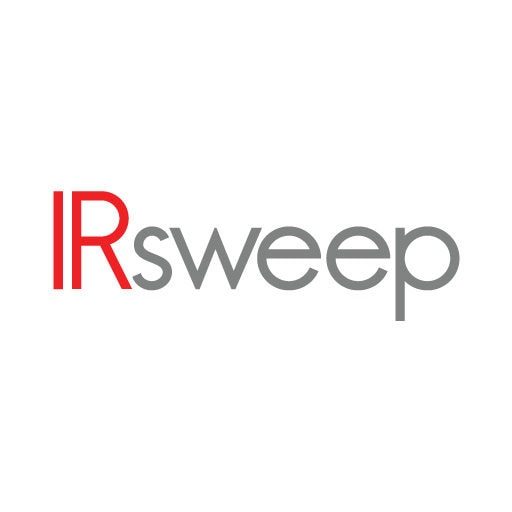Optical frequency comb spectroscopy has proven a very useful tool for high resolution molecular spectroscopy. Frequency combs based on quantum cascade lasers (QCL) offer the possibility to easily explore the mid-infrared spectral
range (4-12 µm), but suffer from very large repetition frequencies (∼ 10 GHz) which make them seemingly unsuitable for high resolution spectroscopy.
Here, we present techniques to overcome this limitation. We have employed the combined advantages of high temporal (< 4 µs) and high spectral resolution to measure the IR spectra of CF4 and CHCl2F in pulsed, skimmed supersonic beams.
The low rotational temperature of the beams and the narrow expansion cone after the skimmer enabled the recording of spectra of cold samples with high resolution. The spectra cover the range from 1200 to 1290 cm−1 and the narrowest
lines have a full width at half maximum of 15 MHz, limited by the Doppler effect. The results demonstrate the potential of QCL dual-comb spectroscopy for broadband (> 60 cm−1 ) acquisition of spectra at high resolution (< 15 MHz) and
high sensitivity in the mid-infrared range. The power of the new technology is demonstrated by comparison with previous results on these molecules obtained by FTIR and diode laser spectroscopy of seeded cw and pulsed supersonic jets.
Speaker

Markus Mangold
While co-founding IRsweep, Markus developed high-sensitivity trace gas sensors as a postdoc in the Air Pollution / Environmental Technology lab at EMPA. For one of these sensors, he was awarded the best innovation award at the European Photonics Innovation Village 2014. He received his PhD in Physics from TU Munich and his Master of Science in Nanotechnology from the University of Basel.
